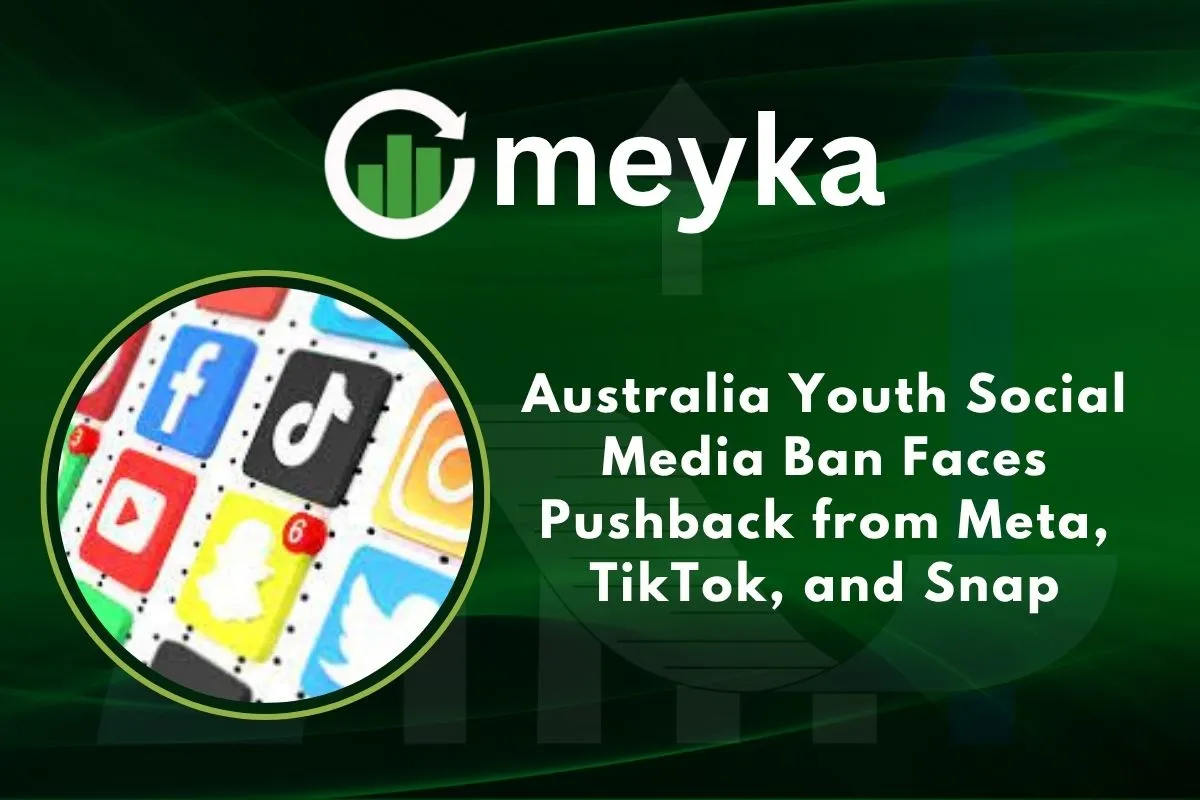Australia Youth Social Media Ban Faces Pushback from Meta, TikTok, and Snap
We are entering a new digital age in Australia. A heavy-handed law now says: under-16s can no longer hold their own accounts on major platforms such as TikTok, Instagram, and Snapchat. This is the first of its kind globally. We know many young teens spend hours posting, liking, and messaging. But evidence links behavior to poor sleep, body-image worries, cyber-bullying, and data risks.
So the government has drawn a clear line: under-16s must step back from full social-media use. The platforms themselves are now legally responsible for enforcing the rule. We’ll explore the details of the ban, the tech companies’ reaction, how people are responding, and why this debate matters not just in Australia but for all young people in today’s digital world.
What the Proposed Ban Includes
Here’s what the law covers:
- Under the new legislation, anyone younger than 16 may not create or hold a regular social-media account on covered platforms.
- The law is called the Online Safety Amendment (Social Media Minimum Age) Act 2024. It amends Australia’s prior online-safety legislation.
- It takes effect on 10 December 2025. Platforms must take “reasonable steps” to verify user age and block under-16s.
- If platforms don’t comply, they face fines up to A$49.5 million (approx US$32.5m) for major breaches.
- Platforms expected to be covered include Facebook, Instagram, TikTok, Snapchat, X (formerly Twitter), Reddit, and YouTube.
- Some exemptions: apps used for education, messaging, or kids-filtered content may be outside the ban.
The government says the ban is needed to protect youth mental health, reduce exposure to harmful content, and give teens more time to build digital literacy.
Pushback from Meta, TikTok, and Snap
The tech giants have responded, and not quietly.
- Meta Platforms (owner of Facebook and Instagram), TikTok (owned by ByteDance, CEO), and Snap (owner of Snapchat) all say they oppose the ban but will comply with it.
- Their key concerns:
- Verification of age is technically difficult and may invade privacy.
- They argue the ban could push young people to less-safe, unmoderated corners of the internet.
- They say existing safety tools already help minors; a full ban might hurt young people’s ability to connect and learn online.
- They are proposing alternatives: better safety settings, stricter moderation, and more parental controls. But the government is moving ahead with the ban anyway.
- Also, during a Senate inquiry, TikTok was criticized for heavy lobbying tactics, while Meta and Snap revealed their age-verification plans (e.g., Meta using the ‘Yoti’ system) to meet the new obligations.
In short, big tech says “we’ll play by the law”, but they’re unhappy and warn of unintended consequences.
Global Context: How Other Countries Are Responding
Australia’s move is being watched globally.
- Denmark recently proposed a similar ban for under-15s.
- In the EU and U.S., regulators are considering tougher rules on age verification, digital literacy, and parental consent, but full bans are rare. The Australian law is seen as world-first and world-leading.
- Other jurisdictions may take lessons from Australia: what works, what fails, what unintended side-effects show up.
- For young people around the world, the question becomes: is social media access a right, a risk, or both? Australia is testing one answer.
Political and Legal Challenges Ahead
The path ahead is full of hurdles.
- Politically: The reform had bipartisan support, but there remain debates about free speech, digital rights, and how far governments should go in regulating platforms.
- Legally: Age verification is tough. Platforms will have to roll out new systems. Enforcement and verification across platforms is complex. There is a risk of litigation.
- Implementation: The law requires “reasonable steps” rather than specifying exactly what to do. That leaves a big room for interpretation and loopholes.
- Hidden issues: If young people are blocked from mainstream platforms, they might move to less regulated apps, meaning risks may persist or even grow.
- Political spotlight: The ban could become a key election issue, especially as youth engagement and digital policy become higher priorities.
Conclusion
We face a real turning point: balancing youth protection vs. digital freedom. The “Australia Youth Social Media Ban” is bold and maybe necessary, but it is also heavy-handed. The intentions are noble: reduce harm, give young people a chance to mature offline, and protect mental health. The real test will be how it is implemented and whether it serves the most vulnerable without cutting off opportunities. As the world watches, the outcome in Australia may set a precedent, either for global policy or for how not to regulate youth social media in the digital age.
FAQS:
Social media is banned for under-16s in Australia to protect young people from online harm, bullying, and mental health issues. The government wants safer digital spaces for teens.
TikTok is part of Australia’s youth social media ban because it collects user data and exposes minors to harmful content. The government says the rule helps keep kids safe online.
Yes, Snapchat is included in the new ban for users under 16. The government wants to limit screen time and protect children from online risks and privacy problems.
Disclaimer:
The content shared by Meyka AI PTY LTD is solely for research and informational purposes. Meyka is not a financial advisory service, and the information provided should not be considered investment or trading advice.






